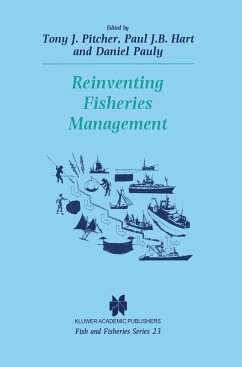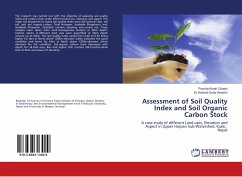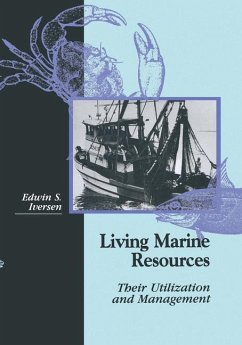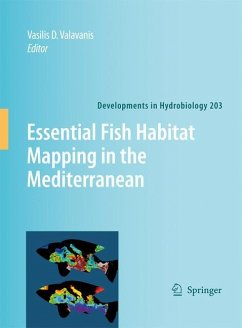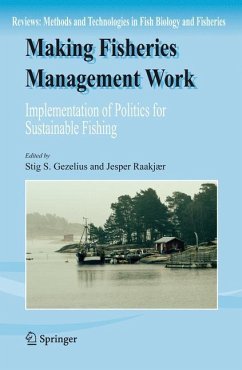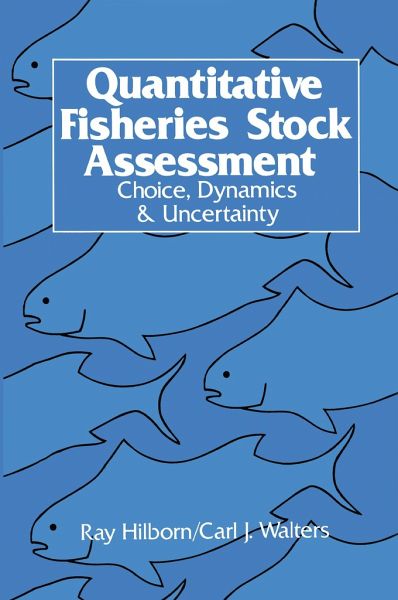
Quantitative Fisheries Stock Assessment
Choice, Dynamics and Uncertainty
Herausgegeben: Hilborn, R.; Walters, C.J.
Versandkostenfrei!
Versandfertig in 6-10 Tagen
130,99 €
inkl. MwSt.

PAYBACK Punkte
65 °P sammeln!
This book really began in 1980 with our first microcomputer, an Apple II +. The great value of the Apple II + was that we could take the computer programs we had been building on mainframe and mini-computers, and make them available to the many fisheries biologists who also had Apple II + 's. About 6 months after we got our first Apple, John Glaister came through Vancouver and saw what we were doing and realized that his agency (New South Wales State Fisheries) had the same equipment and could run the same programs. John organized a training course in Australia where we showed about 25 Austral...
This book really began in 1980 with our first microcomputer, an Apple II +. The great value of the Apple II + was that we could take the computer programs we had been building on mainframe and mini-computers, and make them available to the many fisheries biologists who also had Apple II + 's. About 6 months after we got our first Apple, John Glaister came through Vancouver and saw what we were doing and realized that his agency (New South Wales State Fisheries) had the same equipment and could run the same programs. John organized a training course in Australia where we showed about 25 Australian fisheries biologists how to use microcomputers to do many standard fisheries analyses. In the process of organizing this and sub sequent courses we developed a series of lecture notes. Over the last 10 years these notes have evolved into the chapters of this book.





